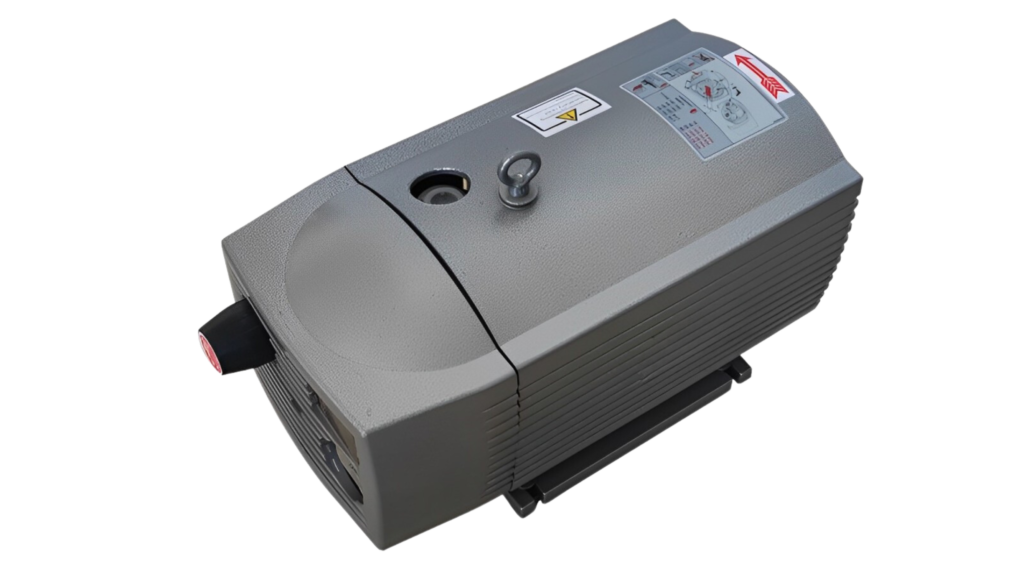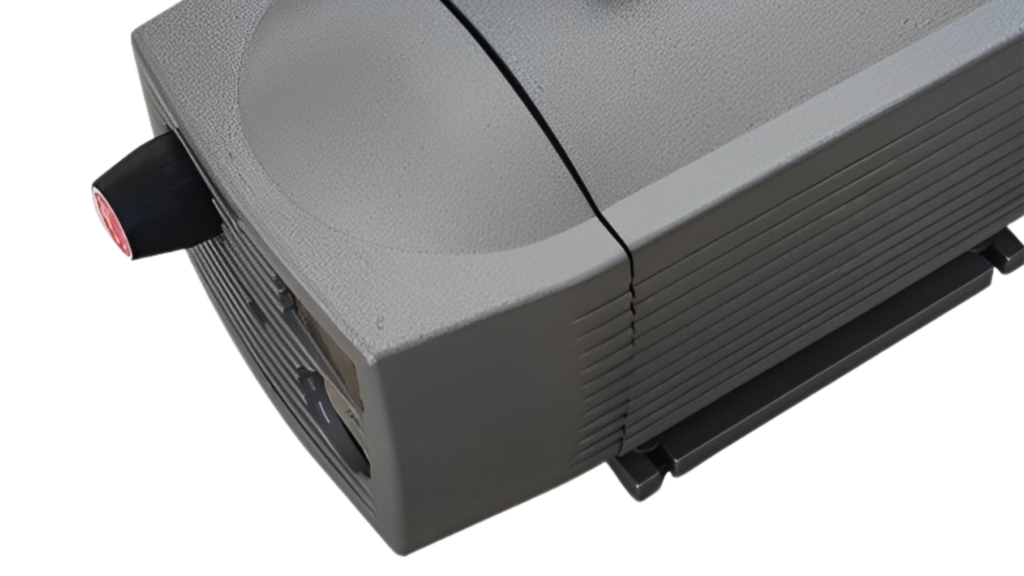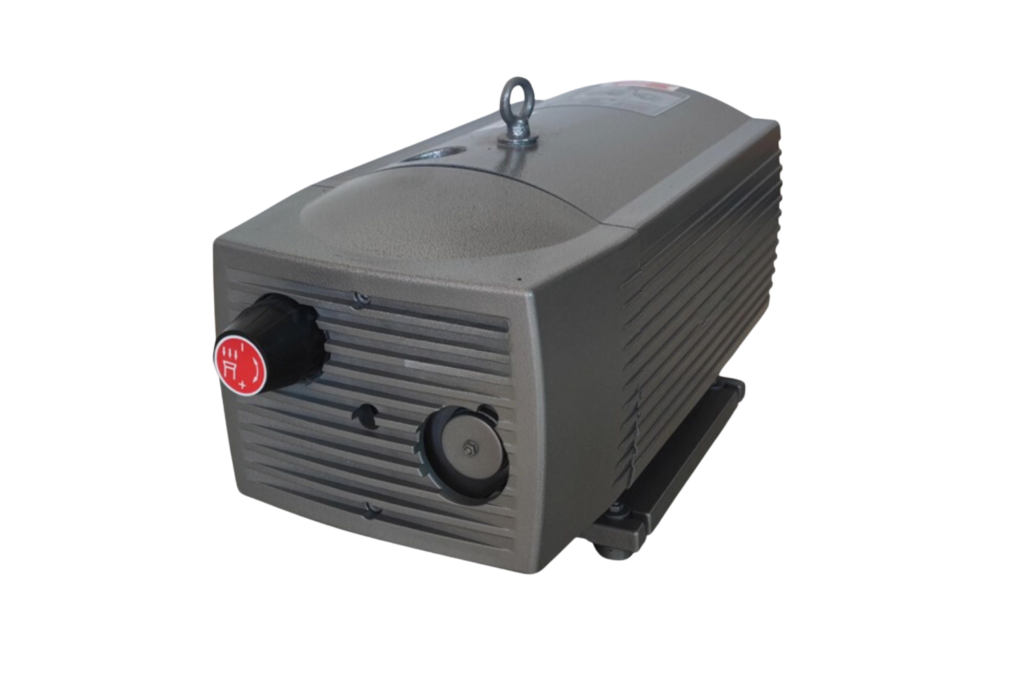


Dry Rotary Vane Pumps
Discover the superiority of MTSP compressors and dry-running rotary vane vacuum pumps: they are incredibly powerful, dependable, and small.
They are perfect for industrial applications requiring quick, clean vacuum or compressed air because they don’t require lubrication.
Gain from increased performance and availability as a result of ongoing product improvement. Expect unmatched durability from MTSP because of its sturdy design and lifetime lubricated bearings.
Technical Details
| Model | MTSP010 | MTSP016 | MTSP025 | MTSP040 |
|---|---|---|---|---|
| Flow Rate 50Hz m3/h | 10 | 16 | 25 | 40 |
| Flow Rate 60Hz m3/h | 12 | 19.2 | 30 | 48 |
| Vacuum mbar | 150 | 150 | 150 | 150 |
| Motor Power 50Hz KW | 0.37 | 0.55 | 0.75 | 1.25 |
| Motor Power 60Hz KW | 0.44 | 0.66 | 0.9 | 1.5 |
| Motor Speed 50Hz | 1420 | 1420 | 1420 | 1420 |
| Motor Speed 60Hz | 1700 | 1700 | 1700 | 1700 |
| Noise | 60 | 61 | 62 | 67 |
| Weight | 15 | 22 | 28 | 39 |




